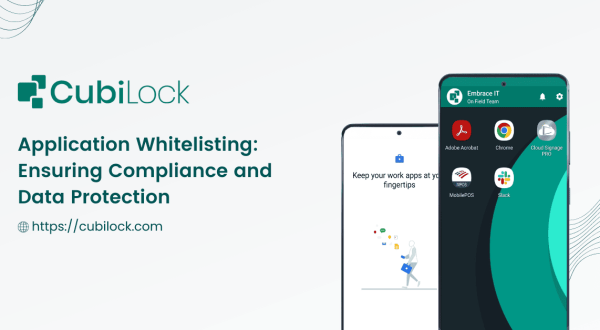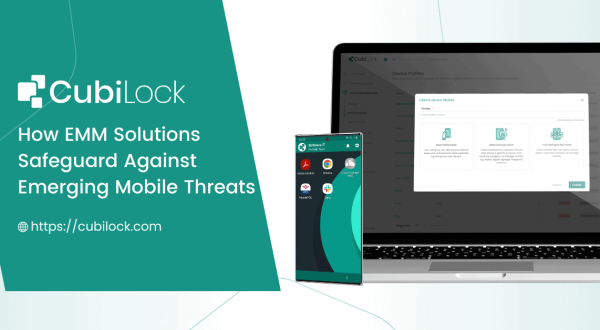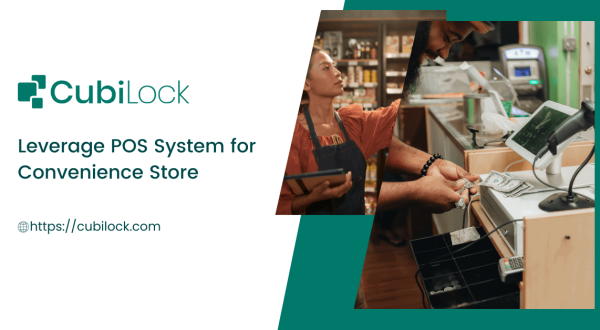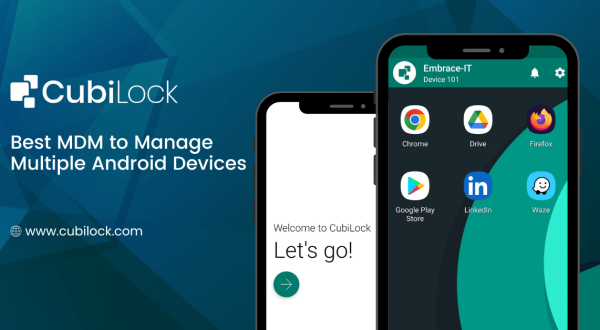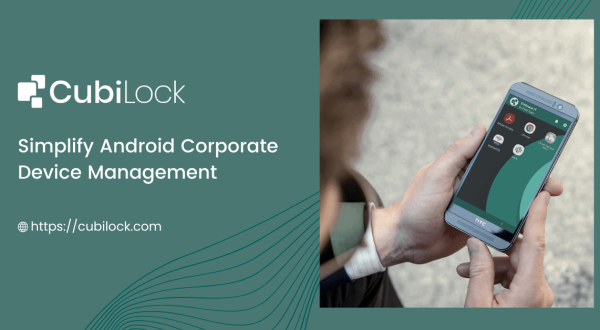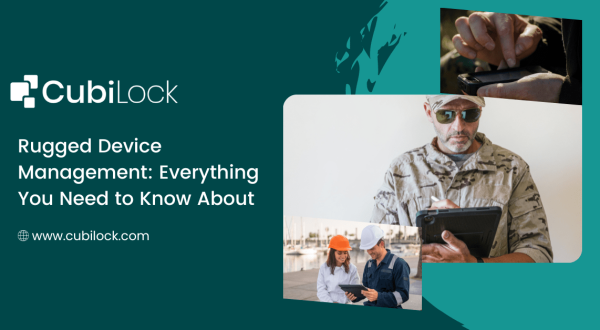Android Tablet Security: Safeguarding Your Device Against Threats
- February 19, 2024
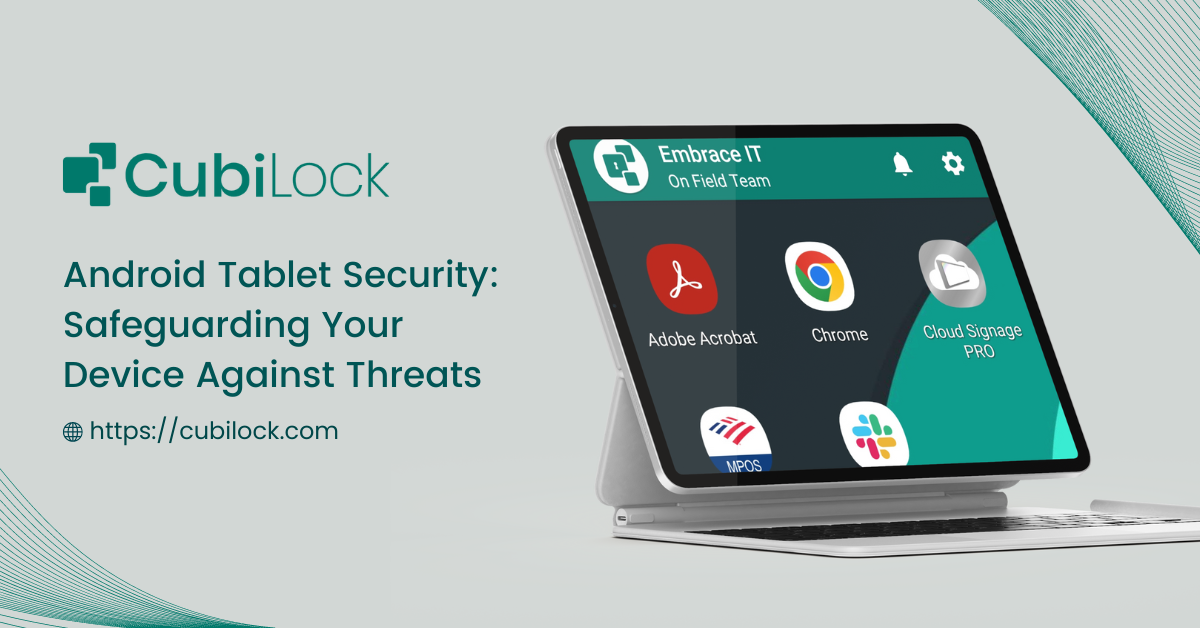
Tablets have become an integral part of our daily lives, ensuring the security of these devices is paramount. Android tablets, with their versatility and widespread use, are no exception. From personal use to business environments, protecting your Android tablet from various threats such as malware, data breaches, and unauthorized access is crucial. Moreover, the widespread adoption of Android tablets across various industries has raised concerns about securing corporate data and maintaining regulatory compliance. With employees accessing company resources on mobile devices, enterprises face the challenge of balancing productivity with security. As the line between personal and professional use blurs, it becomes imperative for organizations to implement robust security measures and adopt enterprise-grade solutions to mitigate risks effectively. By addressing security concerns at both the individual and organizational levels, we can foster a safer digital ecosystem where Android tablets can thrive without compromising data integrity or user privacy.
In this comprehensive guide, we’ll explore effective strategies and best practices to keep your Android tablet secure, including the integration of Enterprise Mobility Management (EMM) solutions.
Understanding Common Threats
Before delving into security measures, it’s essential to understand the potential risks your Android tablet may face. Common threats include:
- Malware and viruses: Malicious software is designed to infiltrate your device, steal sensitive information, or cause damage.
- Phishing attacks: Deceptive attempts to trick users into revealing personal information or login credentials.
- Data breaches: Unauthorized access to confidential data stored on your tablet, compromising privacy and security.
- Unsecured networks: Connecting to public Wi-Fi networks puts your tablet at risk of eavesdropping and man-in-the-middle attacks.
Implementing Basic Security Measures
a. Keep Software Updated: Regularly update your Android operating system and applications to patch security vulnerabilities and benefit from the latest security features.
b. Enable Device Lock: Set up a strong PIN, password, or pattern lock to prevent unauthorized access to your tablet in case it’s lost or stolen.
c. Use Secure Connections: Avoid connecting to unsecured Wi-Fi networks and utilize Virtual Private Networks (VPNs) for encrypted communication.
d. Install Antivirus Software: Choose a reputable antivirus application from the Google Play Store to scan for and remove malware from your device.
Secure Data Storage and Transmission
a. Encrypt Data: Enable device encryption to safeguard your stored data, making it unreadable without the decryption key.
b. Use Secure Cloud Storage: Opt for trusted cloud storage services with end-to-end encryption to protect your files and documents.
c. Secure File Sharing: Utilize secure file-sharing methods such as encrypted email attachments or secure file transfer protocols (SFTP) when sharing sensitive data.
Enhancing Web Browsing Security
a. Beware of Phishing Attempts: Exercise caution when clicking on links or downloading attachments from unknown sources, and verify the authenticity of websites before entering sensitive information.
b. Use Secure Browsers: Choose browsers with built-in security features such as sandboxing, phishing protection, and ad blockers to minimize risks while browsing.
c. Enable HTTPS: Ensure websites use HTTPS encryption for secure communication, especially when entering login credentials or financial information.
Leveraging Enterprise Mobility Management (EMM) Solutions
In corporate or business settings, managing security across multiple Android tablets can be challenging. Enterprise Mobility Management (EMM) solutions offer comprehensive security features tailored for organizational needs. Key aspects include:
a. Device Management: EMM solutions enable centralized management of Android tablets, allowing IT administrators to enforce security policies, configure settings, and remotely wipe data in case of loss or theft.
b. Application Management: Control which applications can be installed and accessed on company-owned tablets, reducing the risk of malware infiltration and unauthorized software usage.
c. Data Protection: Implement encryption, access controls, and data loss prevention measures to safeguard sensitive corporate data stored on Android tablets, both on-device and during transmission.
d. Secure Access: Enable secure authentication methods such as multi-factor authentication (MFA) or single sign-on (SSO) to ensure only authorized users can access corporate resources from Android tablets.
Protecting your Android tablet from security threats requires a proactive approach and a combination of basic security measures, secure practices, and, in enterprise environments, the integration of EMM solutions. By understanding common threats, implementing robust security measures, and leveraging EMM solutions where applicable, you can safeguard your Android tablet and mitigate the risks associated with today’s digital landscape. Stay vigilant, stay informed, and prioritize security to enjoy a safe and secure tablet experience.
Android tablets have emerged as versatile tools for both personal and professional use. From staying connected on social media to accessing critical business applications, these devices have become indispensable companions in our daily routines. However, with increased connectivity comes heightened security risks, as cyber threats continue to evolve and target vulnerable devices. As such, ensuring the security of your Android tablet is not just a matter of convenience but a necessity to protect your personal information, sensitive data, and overall digital well-being.
Moreover, the widespread adoption of Android tablets across various industries has raised concerns about securing corporate data and maintaining regulatory compliance. With employees accessing company resources on mobile devices, enterprises face the challenge of balancing productivity with security. As the line between personal and professional use blurs, it becomes imperative for organizations to implement robust security measures and adopt enterprise-grade solutions to mitigate risks effectively. By addressing security concerns at both the individual and organizational levels, we can foster a safer digital ecosystem where Android tablets can thrive without compromising data integrity or user privacy.
Device Security Analyst, loves testing devices that are used for dedicated purposes.
